
Euonymus japonicus 'Microphyllus Aureovariegatus' Fusain du Japon nain panaché
From China, Korea and Japan, Euonymus japonicus 'Microphyllus' is loved by so many homeowners and landscapers in Southern California because it requires minimal pruning and can tolerate a variety of conditions including poor soils, heat and salt spray! A great choice to use for background borders.
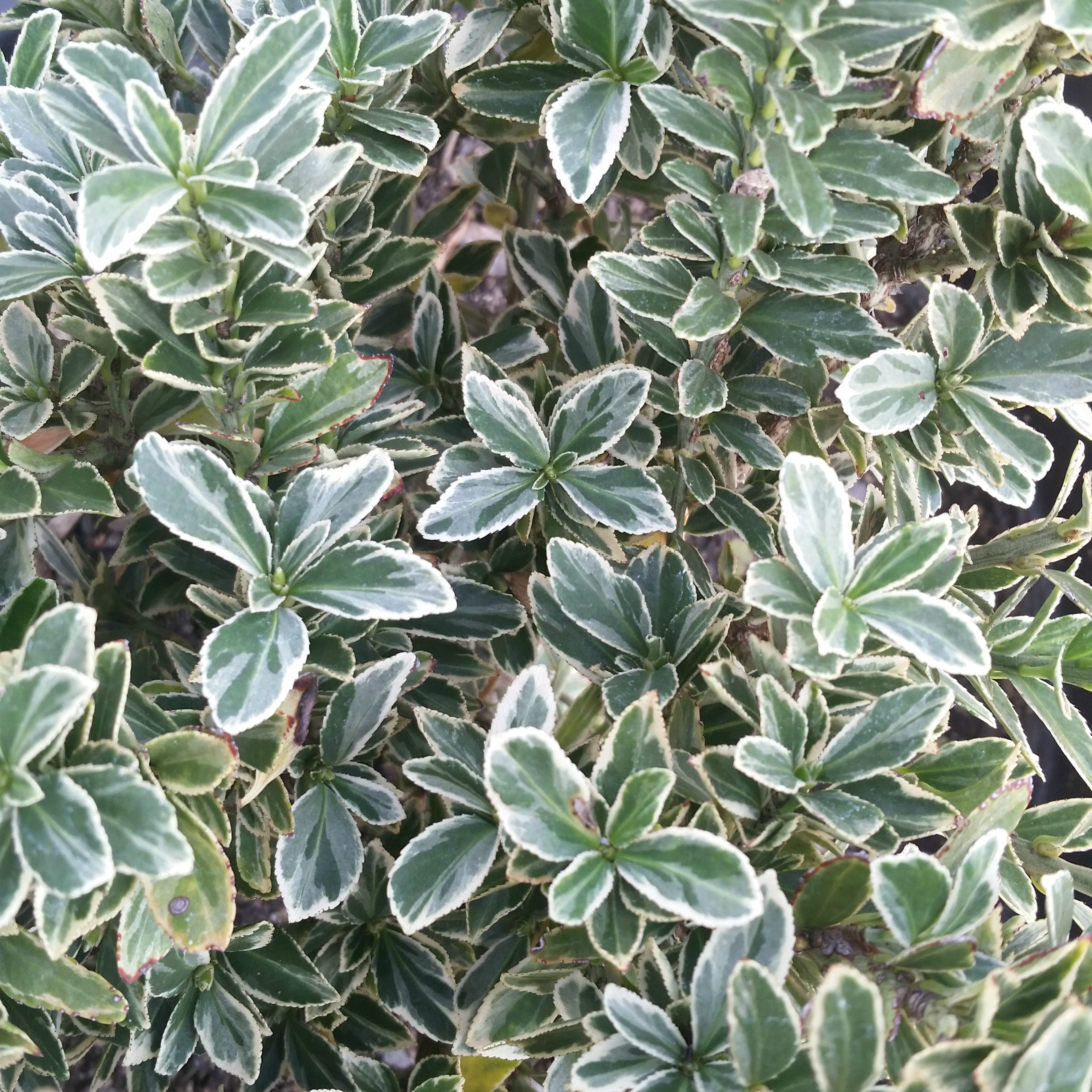
Euonymus japonicus 'Microphyllus Variegatus' Variegated Boxleaf Euonymus Mid Valley Trees
OVERVIEW DETAILS STYLE CARE Care Easy to grow in average, well-drained soils. Best with full sun in humid climates and afternoon shade in extremely hot climates. Water deeply and regularly during the first growing season to establish an extensive root system; reduce frequency once established. Fertilize in early spring.

Buy 3 litre Euonymus japonicus Microphyllus from Trevena Cross
Variegated Box-Leaf Euonymus. Boething Treeland Farms grows over 1,000 varieties of trees, shrubs, perennials and specialty plants on 10 California nurseries to serve the wholesale landscape and nursery industries throughout the Western United States and beyond. Special Features: Attracts Birds/Butterflies / Desert Conditions / Hedge / Seacoast.

Euonymus japonicus 'Microphyllus'
Common name: Japanese Euonymus Pronunciation: u-ON-i-mus ja-PON-i-kus Family: Celastraceae Genus: Euonymus Type: Broadleaf Native to (or naturalized in) Oregon: No Euonymus japonicus 'Microphyllus' Box Euonymus Broadleaf evergreen shrub, dwarf, 1-3 ft (30-90 cm) high, distinctly upright branches, dense, formal.

Euonymus japonicus 'Microphyllus Aureovariegatus' Stock Image B808/1306 Science Photo Library
Updated: July 26, 2023 | By: Gary Antosh Botanically known as Euonymus japonicus, the plant type belongs to the spindle tree family Celastraceae (Japanese Spindle Tree 'Microphyllus'). Native to Japan, China, and Korea, the Evergreen Euonymus is an evergreen shrub or small tree. The plant has been naturalized in North America and Europe.

The Euonymus Japonicus ‘Microphyllus’ (Boxleaf Euonymus) Full Care Guide BigBoyPlants
Fill the hole until the soil line is just at the base of the plant, where the roots begin to flare out from the main stem. Water the plant well then add a 2" (5cm) layer of mulch, such as shredded bark, around the planting area. Keep the mulch at least 4" (10cm) away from the trunk of the plant as this can keep the bark too moist and cause.
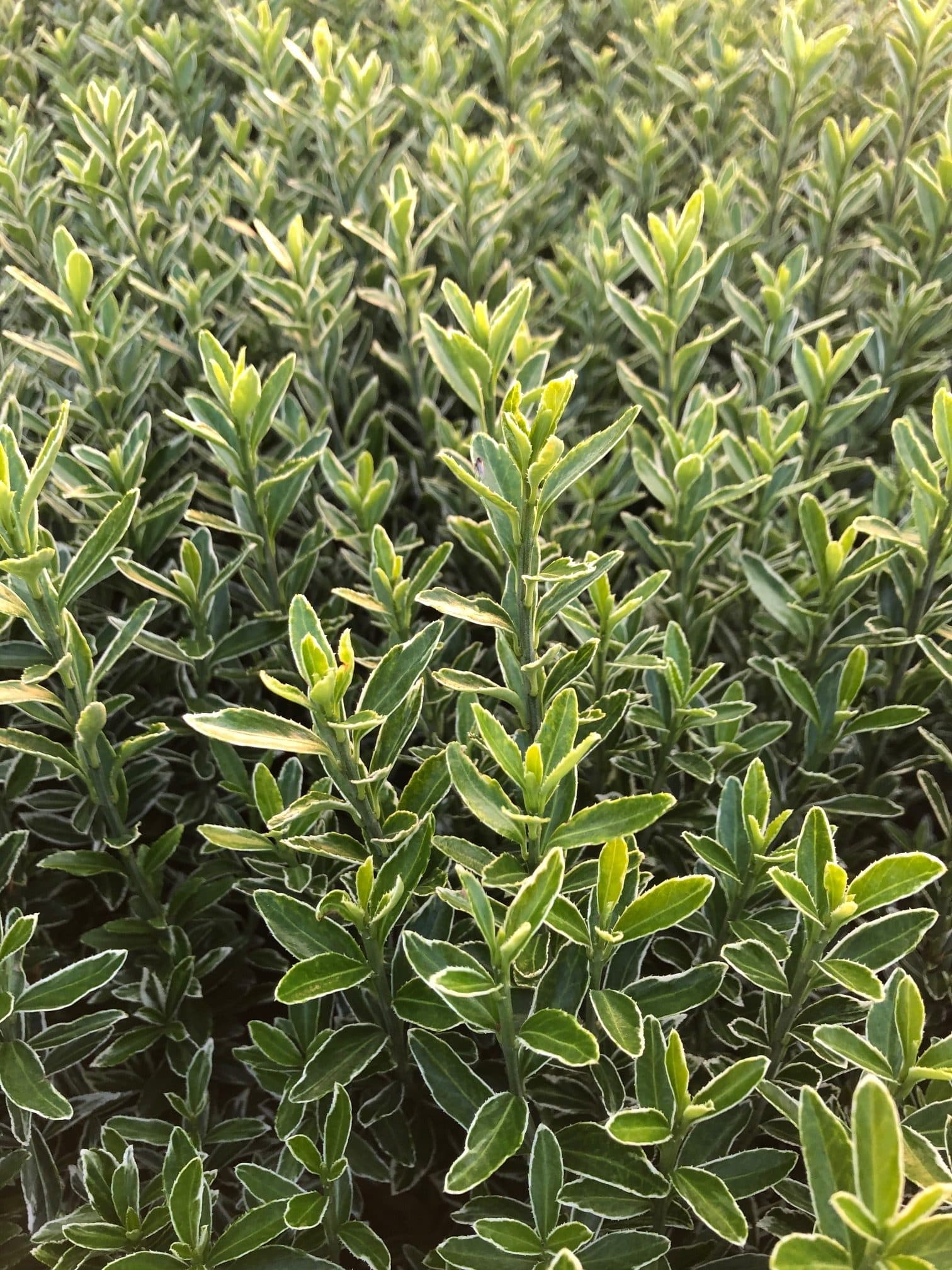
Euonymus Japonicus Microphyllus Albovariegatus Hopes Grove Nurseries
Euonymus japonicus 'Microphyllus' Japanese spindle 'Microphyllus' A compact, rounded evergreen shrub with narrowly lance-shaped dark green leaves, ideal for creating a low growing hedge and can be used as an alternative to Box Synonyms Euonymus japonicus 'Myrtifolius' Join the RHS today and save 25% Join now < > © visionspictures.com

Euonymus japonicus microphyllus Aureovariegatus Garden Plants
Variety or Cultivar. 'Microphyllus Gold Dust' is a compact, upright, evergreen shrub with small, glossy, ovate to lance-shaped bright green leaves, bright yellow if grown in full sun and insignificant, green flowers in late spring or early summer, sometimes followed by orange fruit.
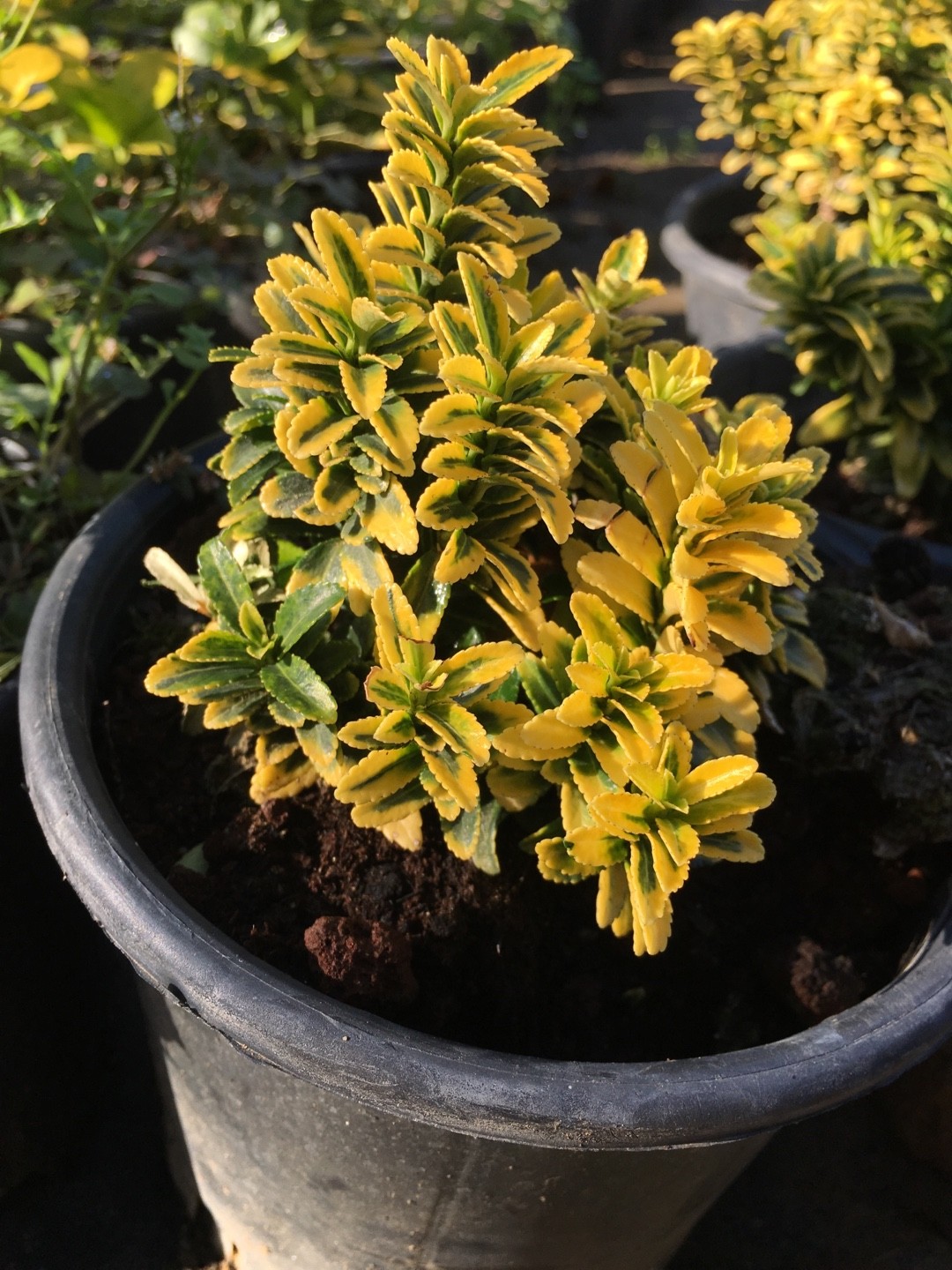
Euonymus japonicus 'Microphyllus Aureovariegatus' PictureThis
A very distinct, dwarf, small-leaved form, 1 to 3 ft high, with quite erect branches; leaves dark green, oval-lanceolate, {1/2} to 1 in. long, {1/8} to {1/3} in. wide. More tender than the type. Introduced by Siebold. 'Microphyllus Pulchellus' Leaves very small, variegated with gold. 'Ovatus Aureus'

The Euonymus Japonicus ‘Microphyllus’ (Boxleaf Euonymus) Full Care Guide BigBoyPlants
Evergreen shrub. Great for low border or hedge, does well in containers. Slow growing upright habit with tiny green leaves edged in white. Moderate water needs once established. Botanical Name: Euonymus japonicus 'Microphyllus Variegatus'. Common Name: Variegated Box-Leaf Euonymus. Exposure: Full Sun/Part Shade. Dimensions (HxW): 1-2' x 1-2'.
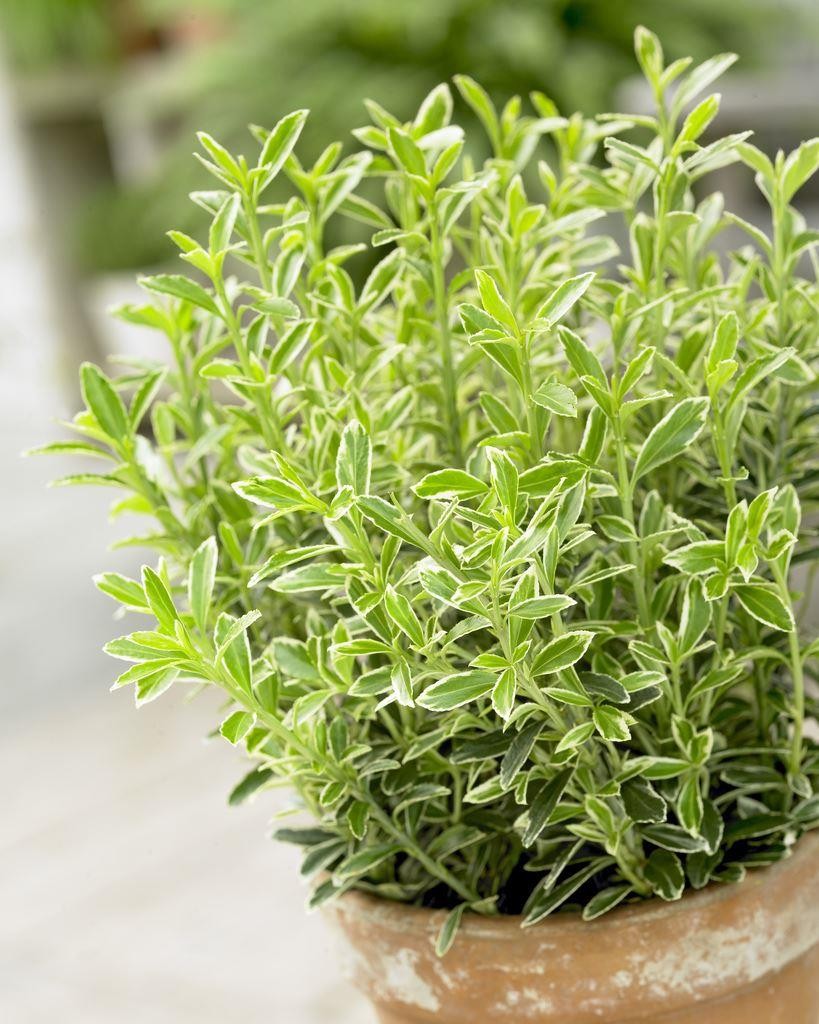
Euonymus japonicus microphyllus Albovariegatus
Euonymus japonicus 'Microphyllus' provides a nice pop of bright green foliage color year-round. Its compact size makes it perfect for filling in small foundation spaces in the landscape. Mature plants max-out at only 2-ft tall and wide, making it useful for planting in front of low windows, using as an accent in ornamental beds, small.
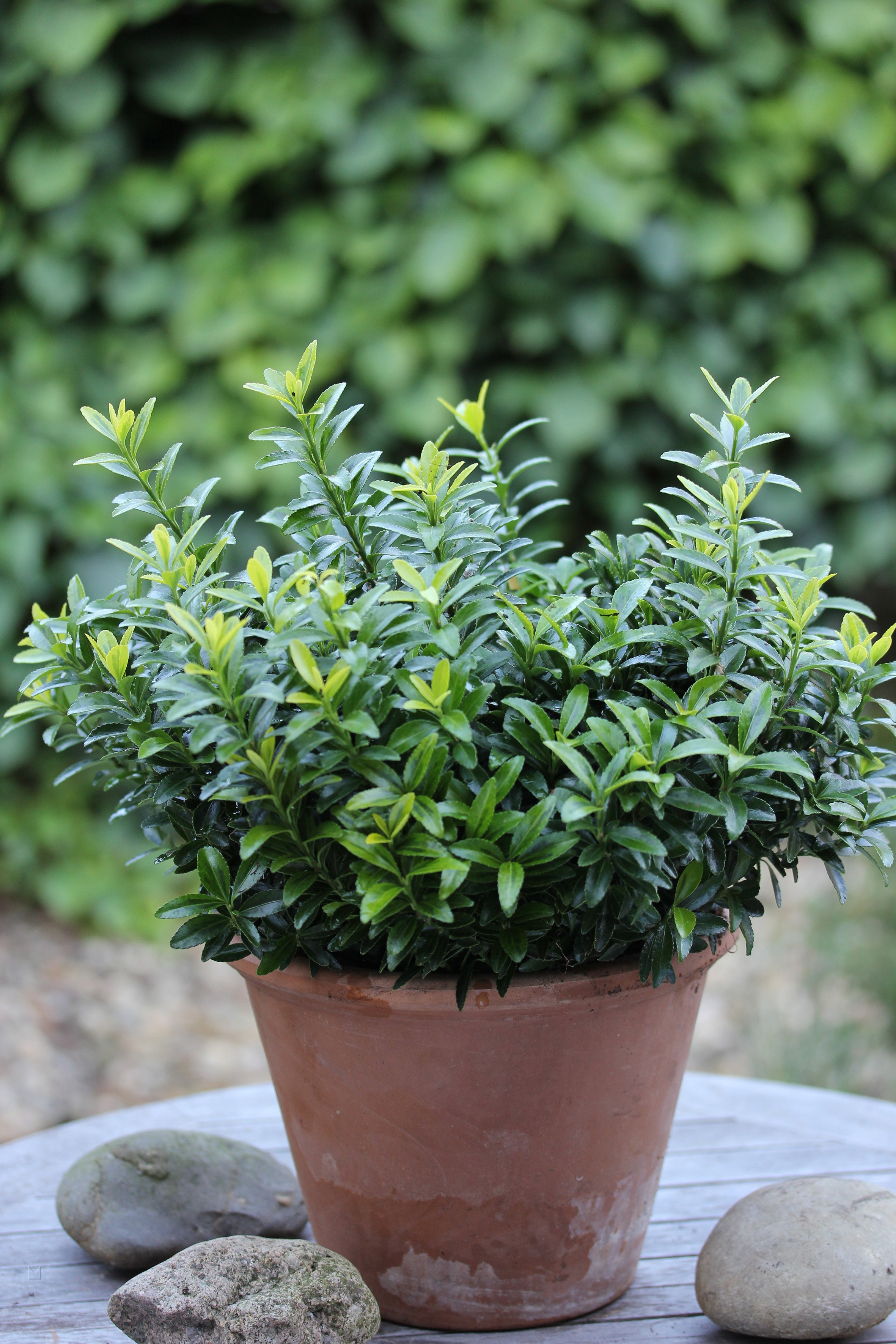
euonymus japonicus microphyllus aureovariegatus BCM Baumschule Christoph Marken
Growing Euonymus topiary (Euonymus japonicus 'Microphyllus') Latin Name Pronunciation: yew-on'-ih-mus. This bushy, evergreen shrub prefers low to bright, indirect light and indoors temperatures of 40-80°F. Water thoroughly when the top 1/2 inch of potting mix is dry to the touch. Be sure to allow the potting mix to become dry that far down.

The Euonymus Japonicus ‘Microphyllus’ (Boxleaf Euonymus) Full Care Guide BigBoyPlants
Japanese euonymus is a dense, oval, woody, broadleaf evergreen shrub or small tree in the Celastraceae (bittersweet) family. It typically grows 10 to 15 feet tall and 5 to 8 feet wide, but if left alone it can reach 26 feet in height. The plant is native to Korea and Japan to Nansei-shoto.
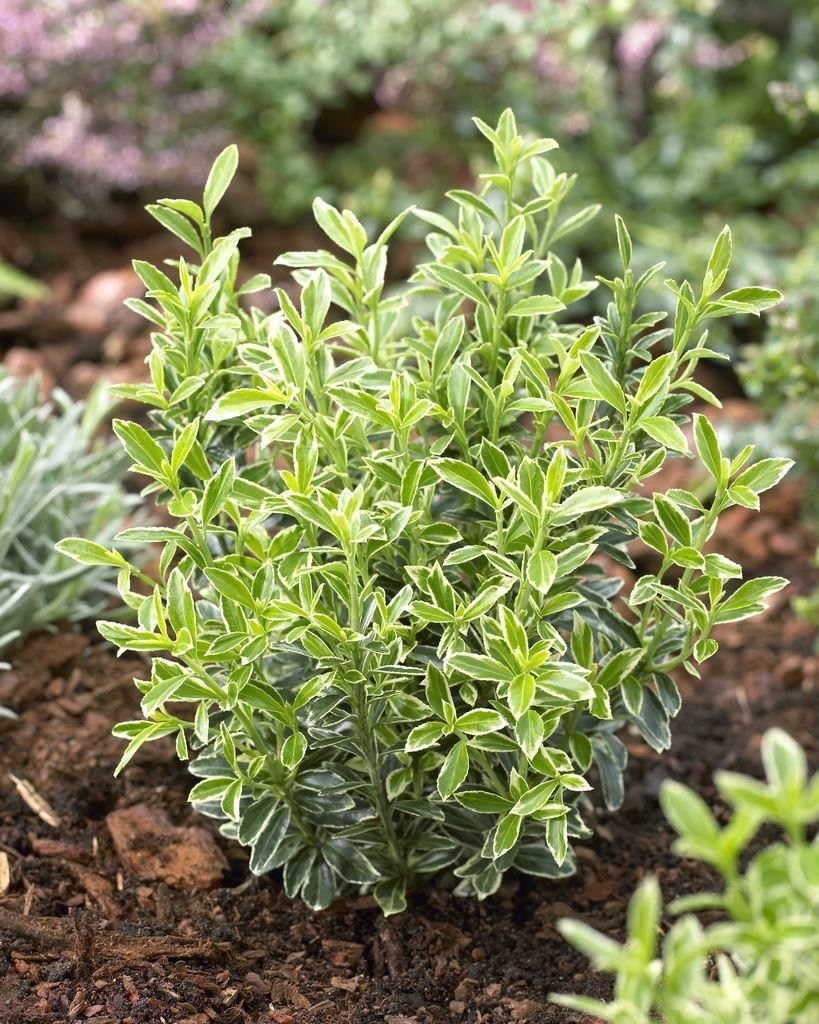
Euonymus japonicus microphyllus Albovariegatus Garden Plants
Variety or Cultivar. 'Microphyllus' is a compact, upright, dense, evergreen shrub with small, glossy, ovate to lance-shaped, toothed, leathery, dark green leaves, bright green when young, and insignificant, green flowers in late spring or early summer, sometimes followed by orange fruit.
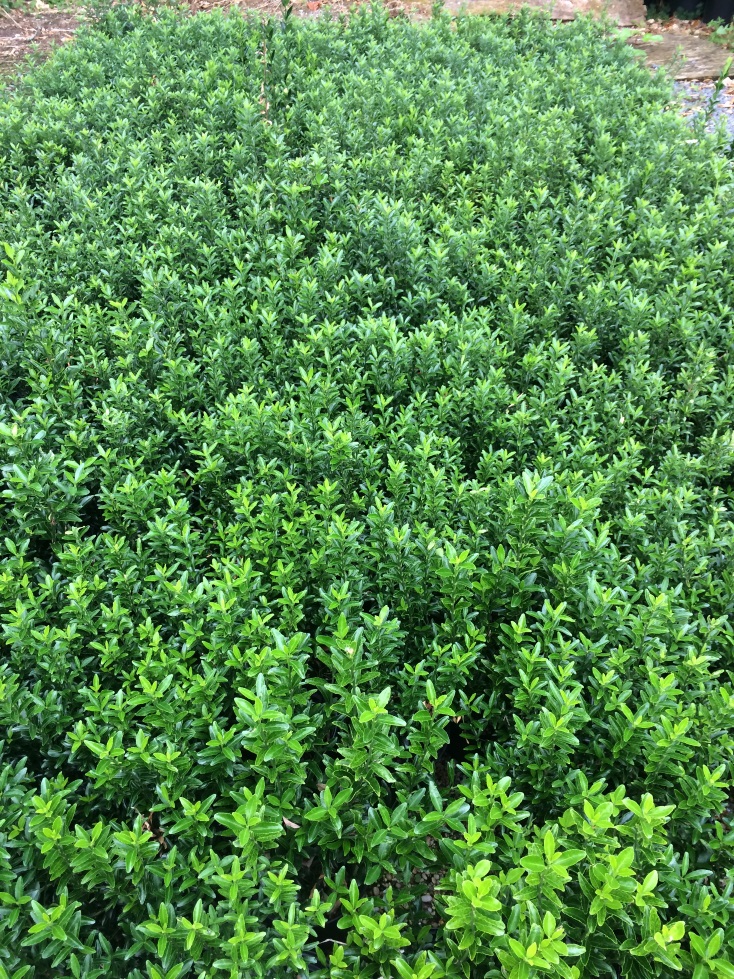
Buy 3 litre Euonymus japonicus Microphyllus from Trevena Cross
Features Very dense, oval-shaped, evergreen shrub provides interest year 'round. Extremely hardy, versatile and low maintenance shrub. Display improves with each passing year. Uses An excellent specimen, foundation, or border plant. Best used in groups and shrub borders. Provides dramatic color and form to autumn and winter landscapes.
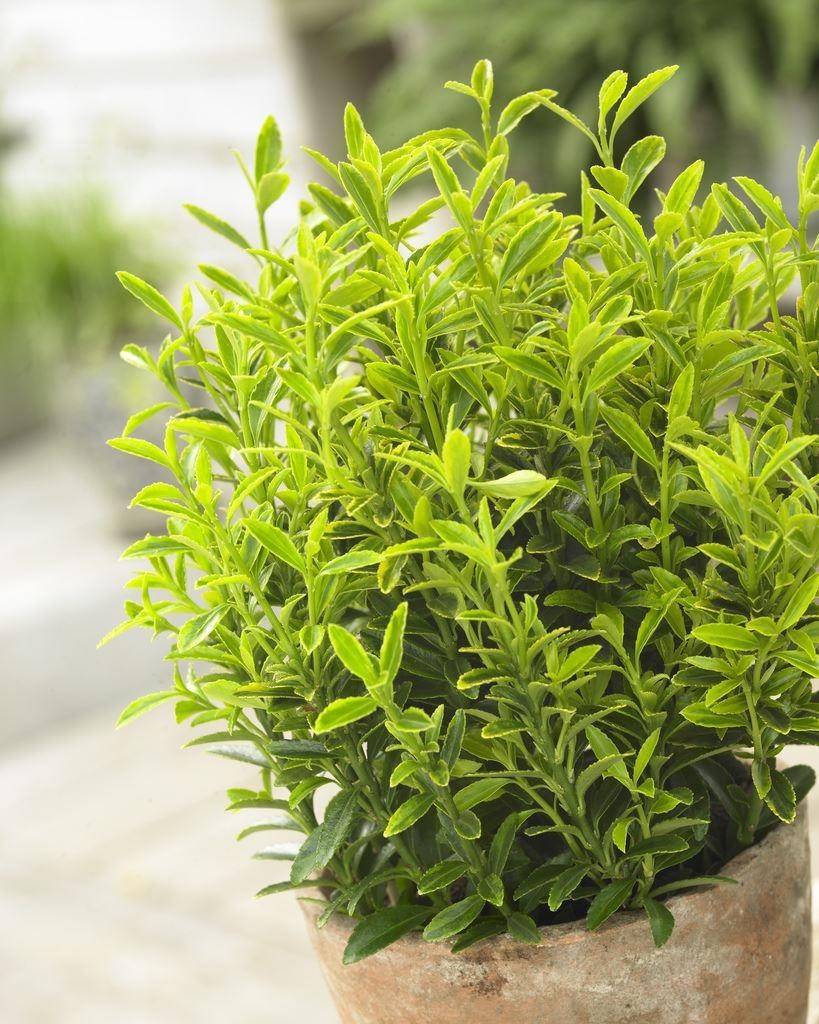
Euonymus japonicus microphyllus Aureovariegatus Garden Plants
Euonymus japonicus varieties are good as single specimens in a border, in pots, or as hedges in a range of sizes - the smallest ones are ideal as dwarf hedges and are an excellent substitute for box ( Buxus) which is now prone to box blight and box tree caterpillar.